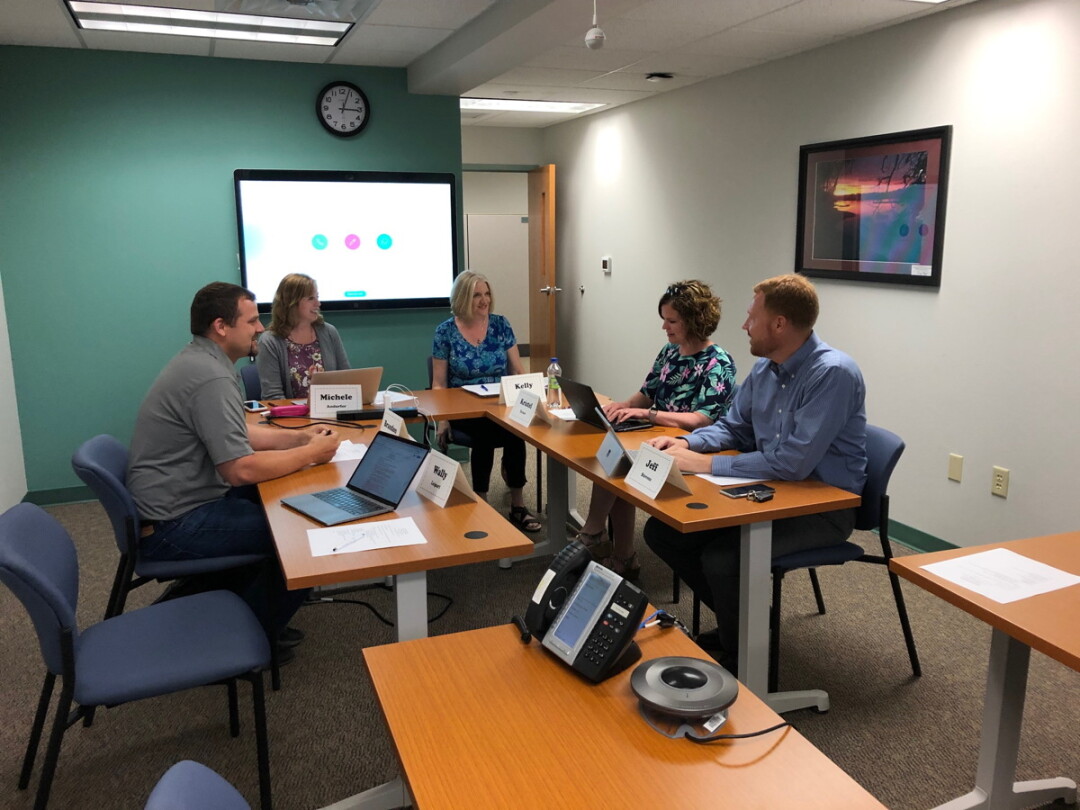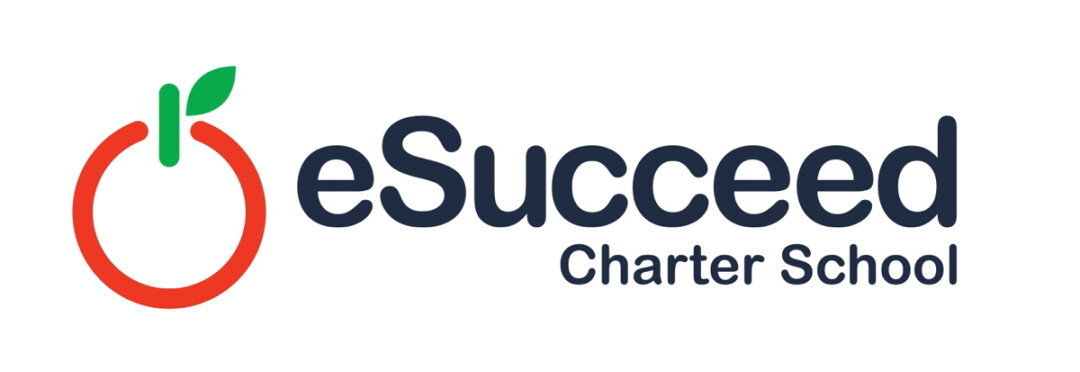Western Wisconsin School Districts Partner to Create Online Learning Consortium

Until recently, a student had to choose between a brick-and-mortar school or a virtual charter school. Times have changed, and many school districts are discovering ways to combine both styles for the ultimate learning experience.
An example of how this system works is eSucceed. Seven Wisconsin school superintendents were all in the same situation: having smaller districts that could not offer students the variety of learning options they wanted to implement. Those seven districts – Bruce, Cadott, Cornell, Gilman, Lake Holcombe, New Auburn, and Stanley-Boyd – decided to combine their resources to provide a virtual charter school for their students. In July 2018, they received a federal grant to design and implement the school.
A four-member board oversees eSucceed high school. Michele Andorfer, the director, was hired along with an administrative assistant and a part-time IT staff member. Gilman agreed to be the authorizer, and Cornell high school hosts the physical offices.
It’s not only the students who have to rethink the way they learn. Teachers must develop new methods of working with students. Instead of direct instruction, they need to become more of a coach to guide students through project-based learning.
While the majority of students will be from within the seven-school consortium’s geographic footprint, Wisconsin mandates that a virtual charter school must allow students anywhere in the state to enroll. If students come from outside the consortium, their educational dollars will transfer to eSucceed. One of the benefits to the consortium is that their students will continue to be part of their population. Their dollars will stay with the schools where the students attend, although some of that money will be transferred to eSucceed for expenses. Students have the ability to participate in their local school athletic programs as well as other extracurricular activities. They will also be able to graduate with the seniors from their area school.
Students attend classes six hours per day. They must meet with their advisor daily to go over their schedules and assignments to confirm that they are meeting their goals. Parents and students will attend an orientation to learn the school policies. Every student completes a computer class called Environments of Success which enables students to develop the mindsets and good habits to succeed in computer-focused classes. Virtual pupils will also participate in small groups and attend four learning experiences throughout the year where they get together in person.
Students can also opt to attend eSucceed on a part-time basis. In Cornell, all seniors are required to take an English class through the virtual school.

There were many challenges to hurdle when designing the school. For example, what graduation requirements will be put in place? Will laptops be borrowed or owned? How will mandated testing be given to non-consortium students? What discipline is enforced when students do not follow the school policies? Surprisingly, a dress code had to be written. Although students may be working from home, they will often have face time on camera, so the same dress codes apply for them that would apply at a traditional school building.
It’s not only the students who have to rethink the way they learn. Teachers must develop new methods of working with students. Instead of direct instruction, they need to become more of a coach to guide students through project-based learning. Some classes are harder to “teach” online. For example, how do you set up phy-ed, music, and art classes that work on an individual basis?
Students who are considering becoming virtual students must weigh the pros and cons. The advantages for students are an increased flexibility in how they learn and when they do their assignments; fewer distractions that may impede learning for some students; and a better environment for students to learn in if they are bullied at school, deal with health issues that require a lot of absentee days, or have trouble learning in the traditional classroom setting.
The disadvantages are technical challenges that may arise with equipment, online safety when kids are on their computer for long time periods, lack of interaction with other kids their age, and placing students in a situation where they need to be organized, independent workers, and can be trusted to be home alone on a daily basis if parents work outside the home.
According to the state Department of Public Instruction, there were 45 Wisconsin virtual charter schools in 2018. Recently, Eau Claire and Mondovi have begun designing virtual schools for their districts. The decision to attend a traditional school or a virtual school is not an easy assessment. There are a lot of factors to consider, but the surge in the number of charter schools will ensure that individualized education options will only increase in the near future.
eSucceed will open in September. Alternate open enrollment is available throughout the school year. To learn more about the virtual education experience, visit them online at esucceed.org.


















